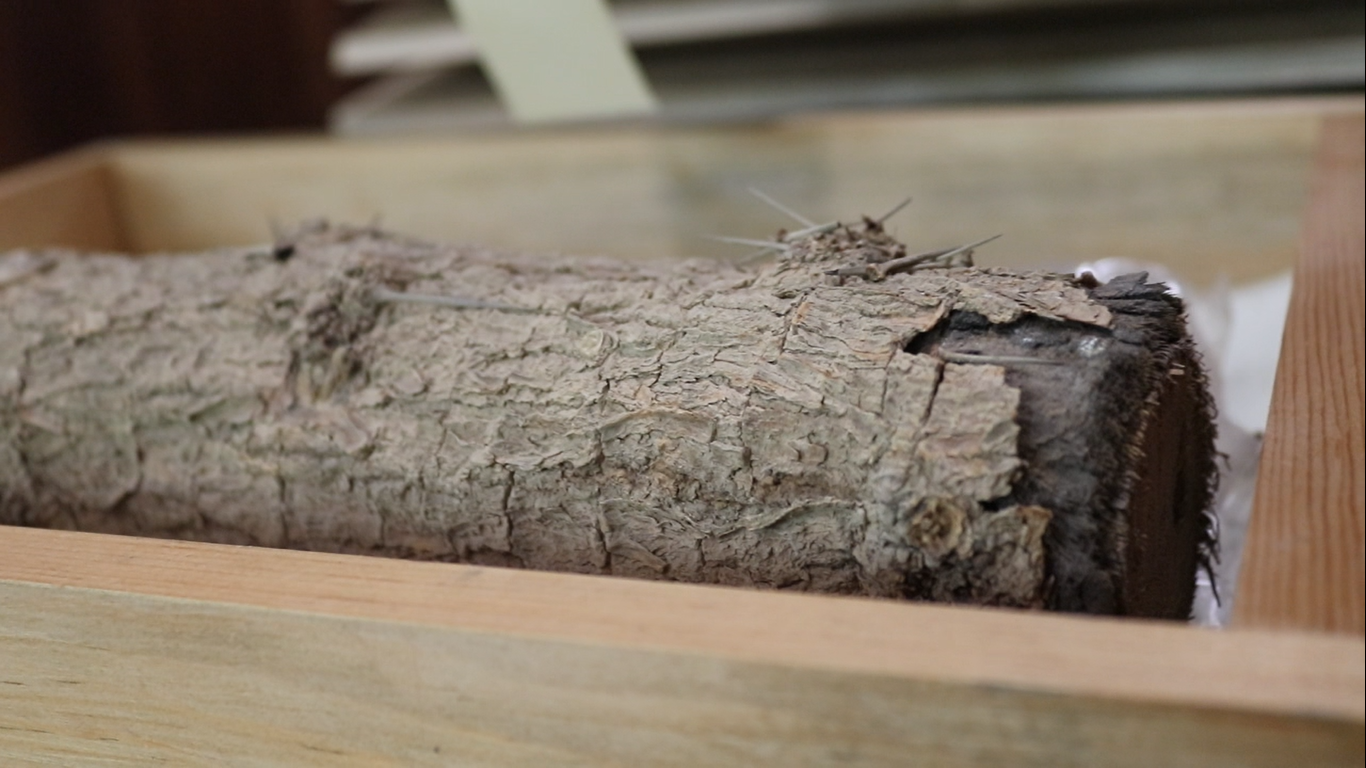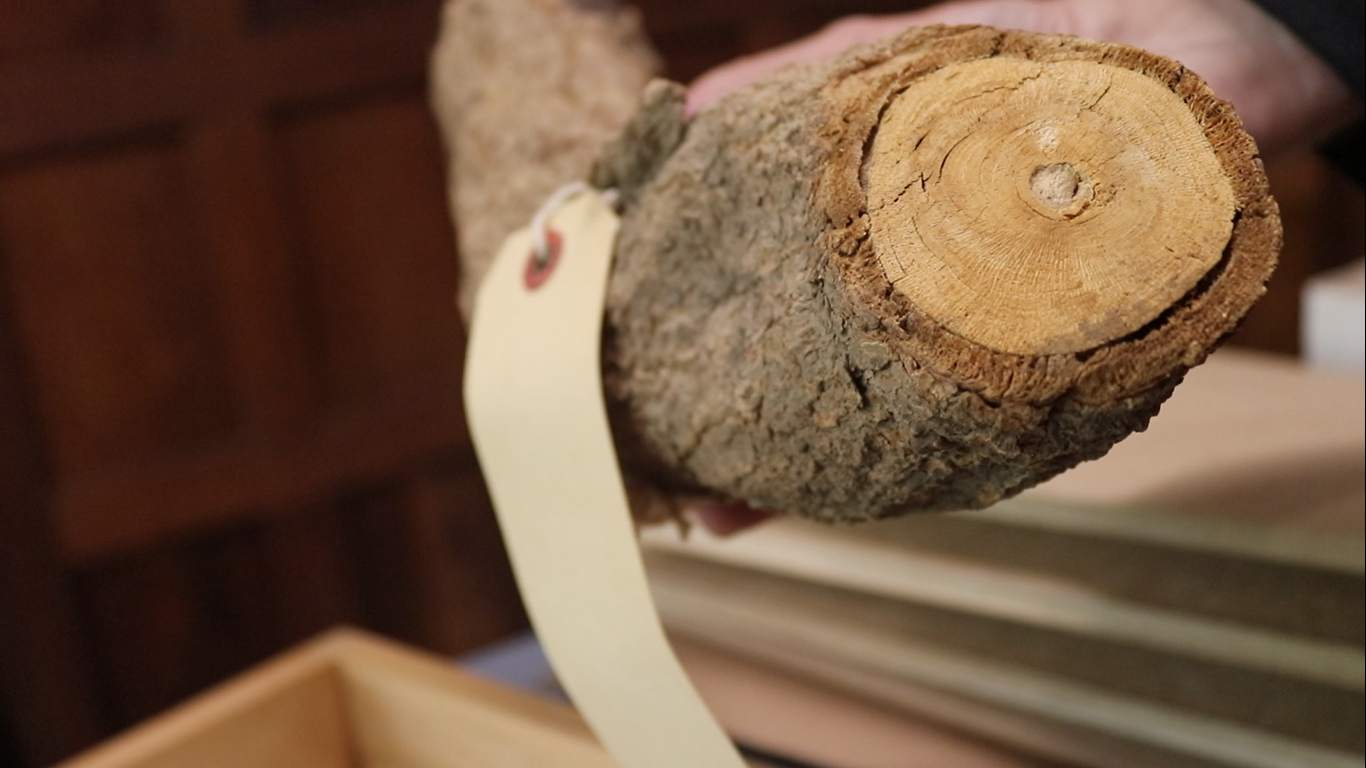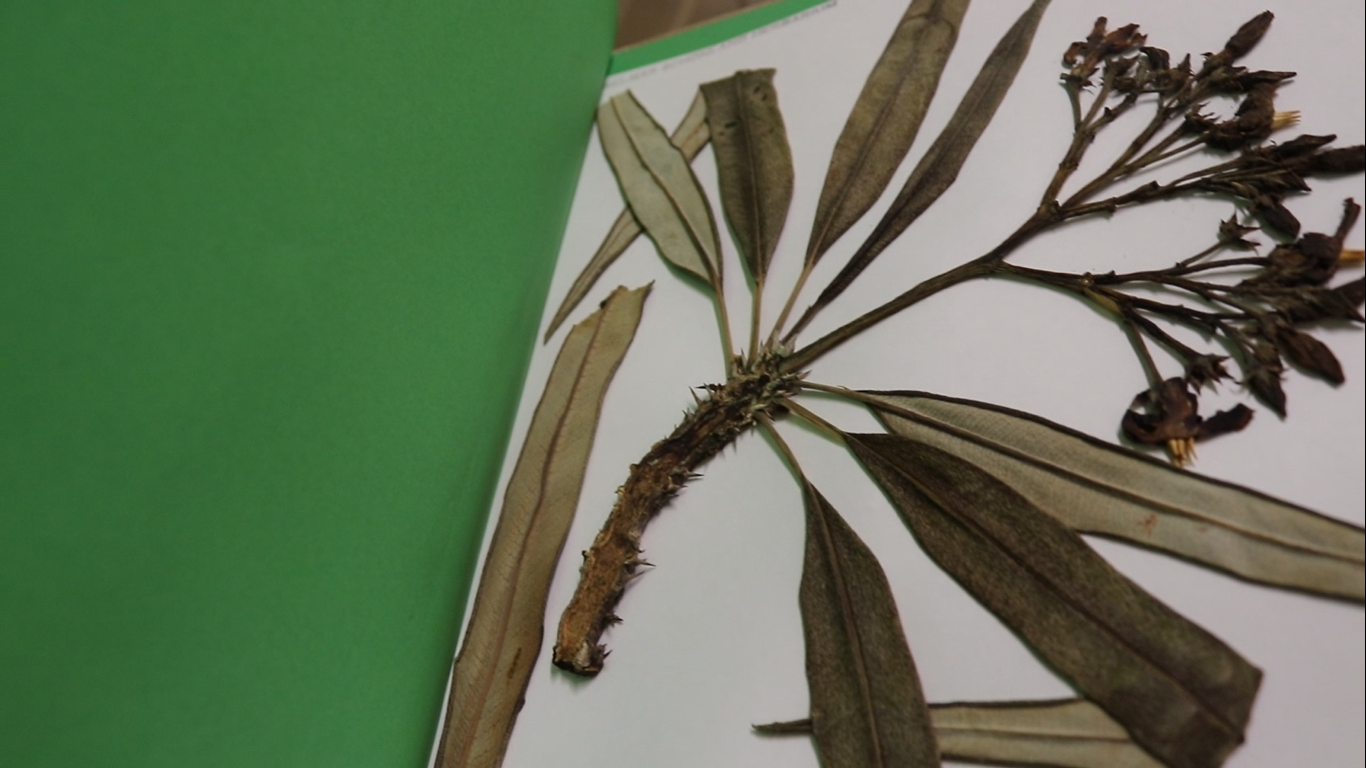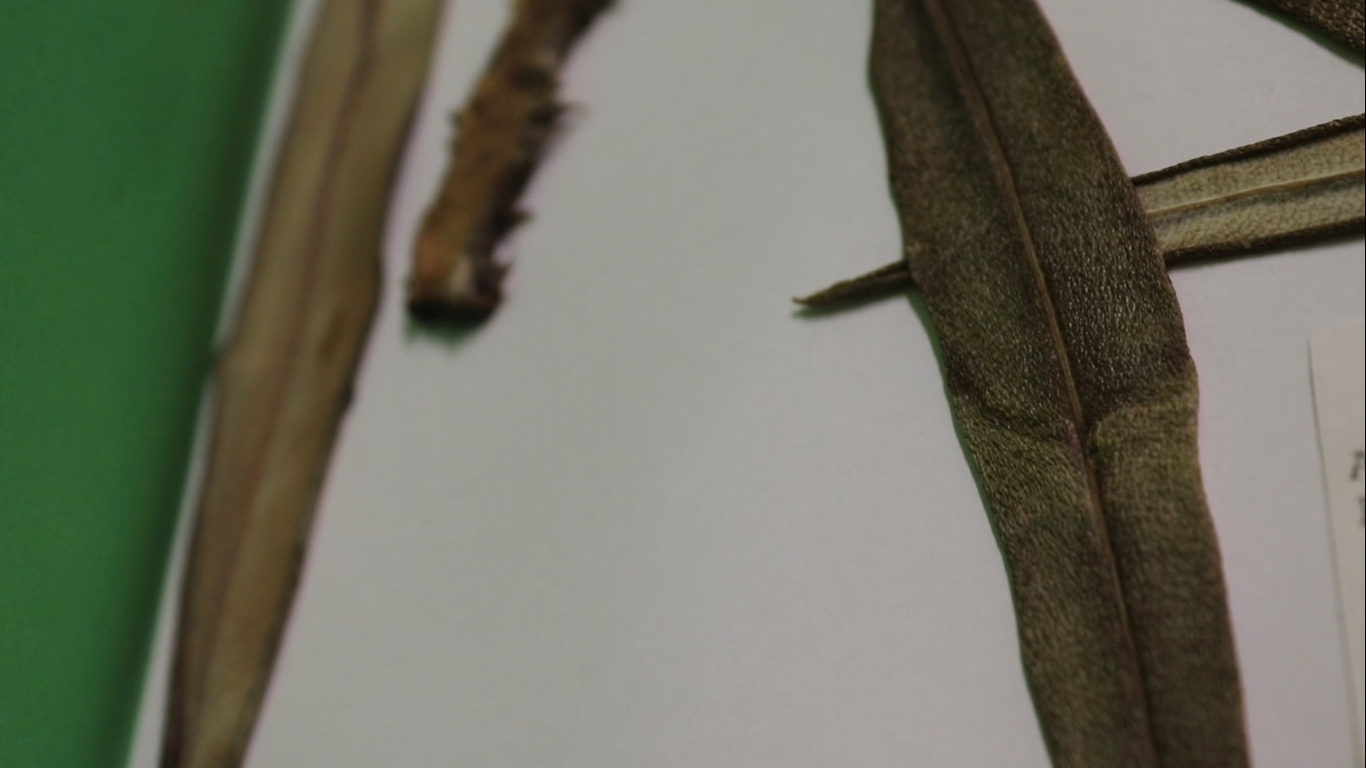THE HERBARIUM
Exploring a South African Herbarium page by page
The importance of knowing what a herbarium is?
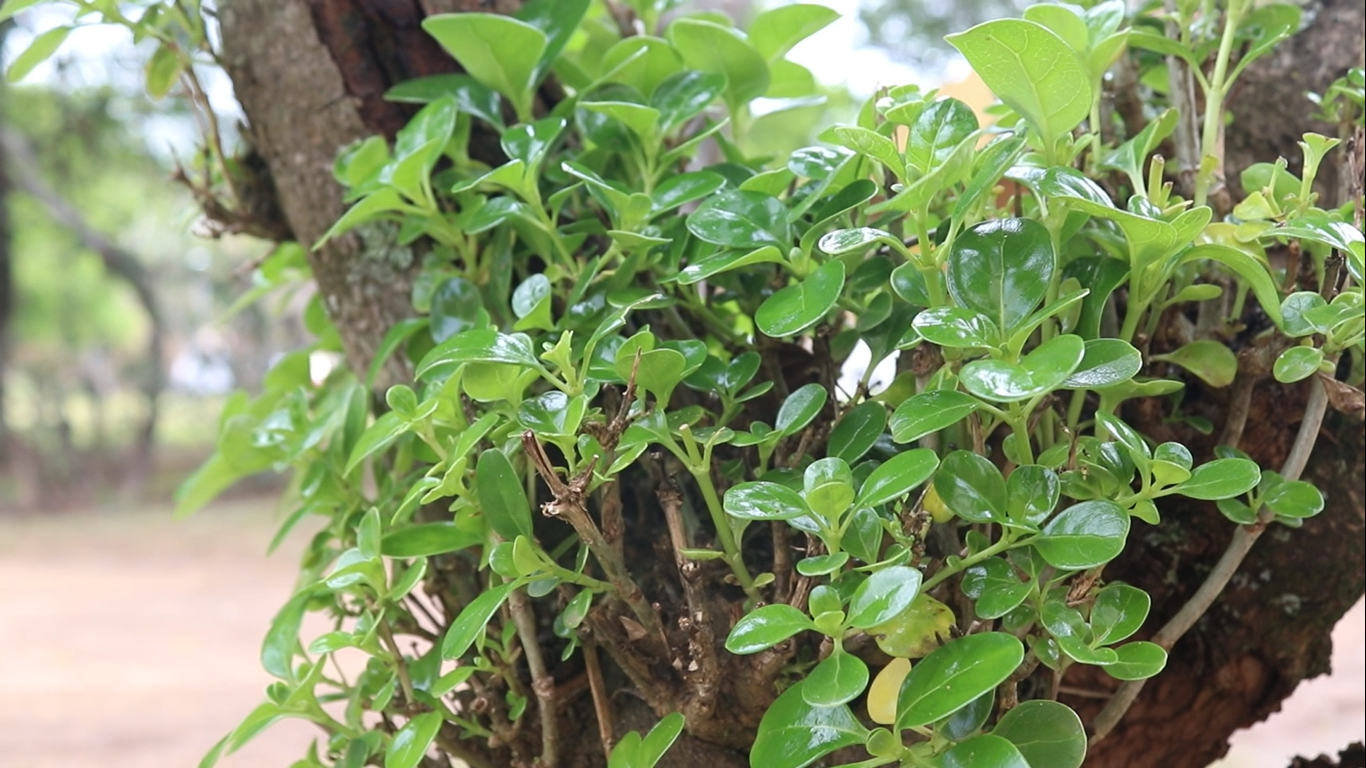
What, Where and Why Herbarium? .
Herbariums date back almost ancestrally to the era of the 1500's.
Originating in Bologna, Italy they have now spread worldwide sprouting up over 3000 herbariums, in 156 different countries.
The lush land of South Africa is home to 57 of the 156 Herbaria in the world. Holding this grand title, there is still very little public knowledge on the existence of Herbariums and what they are purposed for.
Tony Dold, the Hebarium Botanist of one of the most ancient Herbaria in South Africa, explains the necessity of herbariums in our country and the world beyond.
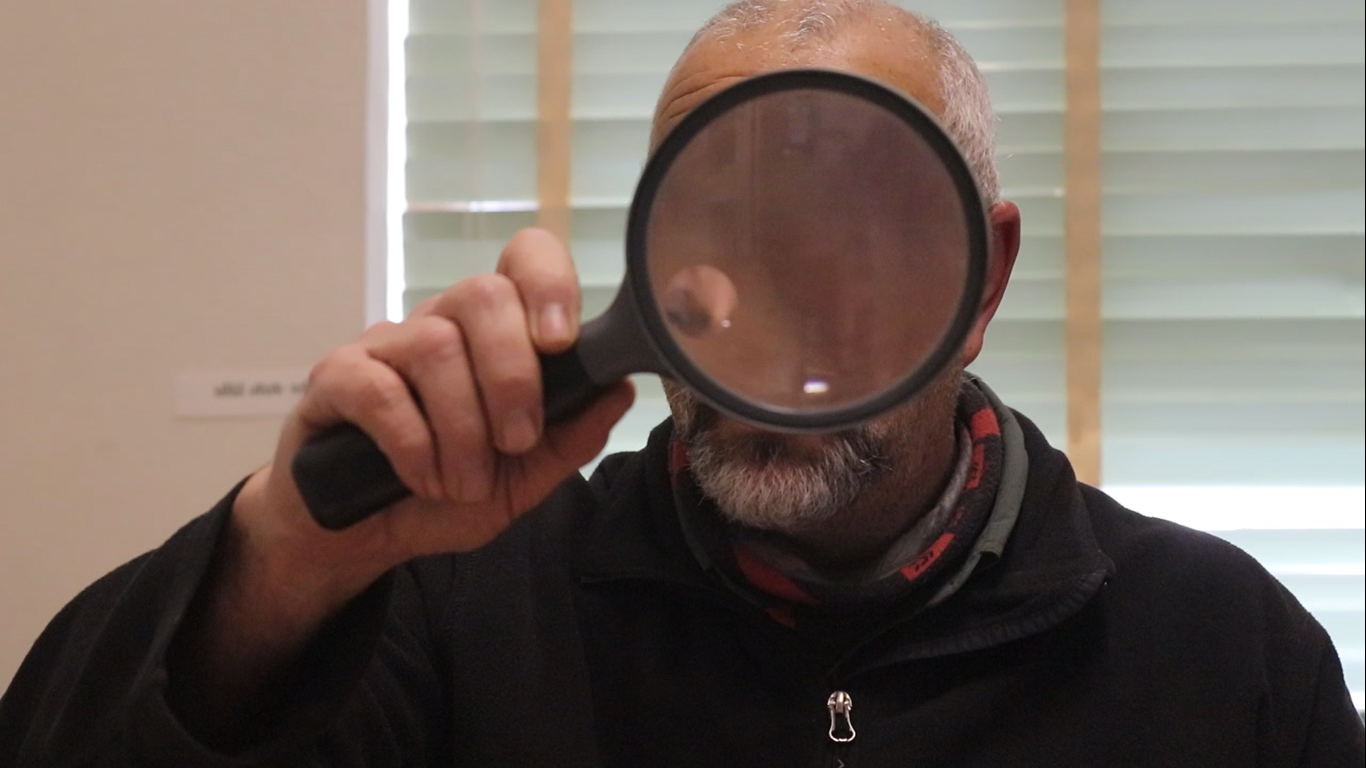

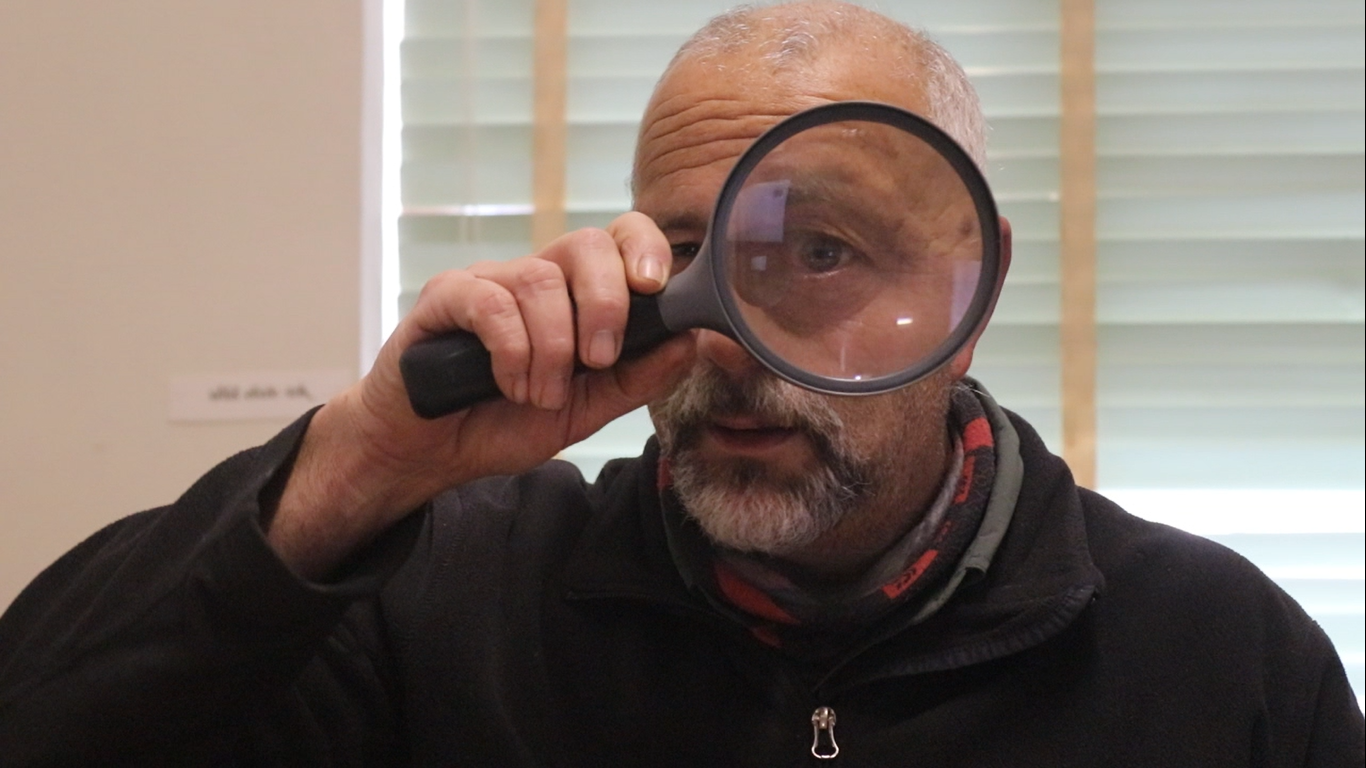
In its simplest form an Herbarium is a collection of dried plants, however it is much more than a cupboard filled with old, dead plants. Every single type of plant specimen is collected from the surrounding area, province or even country at large. The plants are then pressed to preserve space, if one had to keep an oak tree the space would run out in the capacity of one tree. Therefore, the pressing of a piece of the tree or plant would rather be kept and further archived. After flattening the plants, the drying process is vital to the longevity of the specimen. In historic times, chemicals of preservation were used like poisons, as a form of preservation and pesticides. These chemicals were used to almost infinitely archive the pressed plants, luckily over time new and safer preservation methods were adapted by Herbariums.
The drying and freezing process is the most modern way of preserving plants while simultaneously acting as a form of pesticide, dried and frozen pressed plants cannot rot and rarely attract bugs. It is important that external factors like oxidization and the bug life do not infest the archived record of plant specimen as the quality of documentation is irreplaceable.
The plants are then arranged according to a taxonomic system, the Herbarium that Tony oversees holds over 200 000 specimens on record. This holds the title for 6th largest Herbarium in Africa and the 4th largest Herbarium in South Africa. The older the better Tony says, there is nothing wrong with old, the older the Herbarium, the older the plants and the older the plants the better extraction of collective plant knowledge we gain. The older plants help give a timespan and a feel of what nature was like during different periods of evolution in time.

Heart-based. Illustration by Tamika Gounden
Heart-based. Illustration by Tamika Gounden

The Albany Museum, Makhanda, Eastern Cape, South Africa. Photographed by: Tamika Gounden
The Albany Museum, Makhanda, Eastern Cape, South Africa. Photographed by: Tamika Gounden

The Albany Museum, Makhanda, Eastern Cape, South Africa. Photographed by: Tamika Gounden
The Albany Museum, Makhanda, Eastern Cape, South Africa. Photographed by: Tamika Gounden
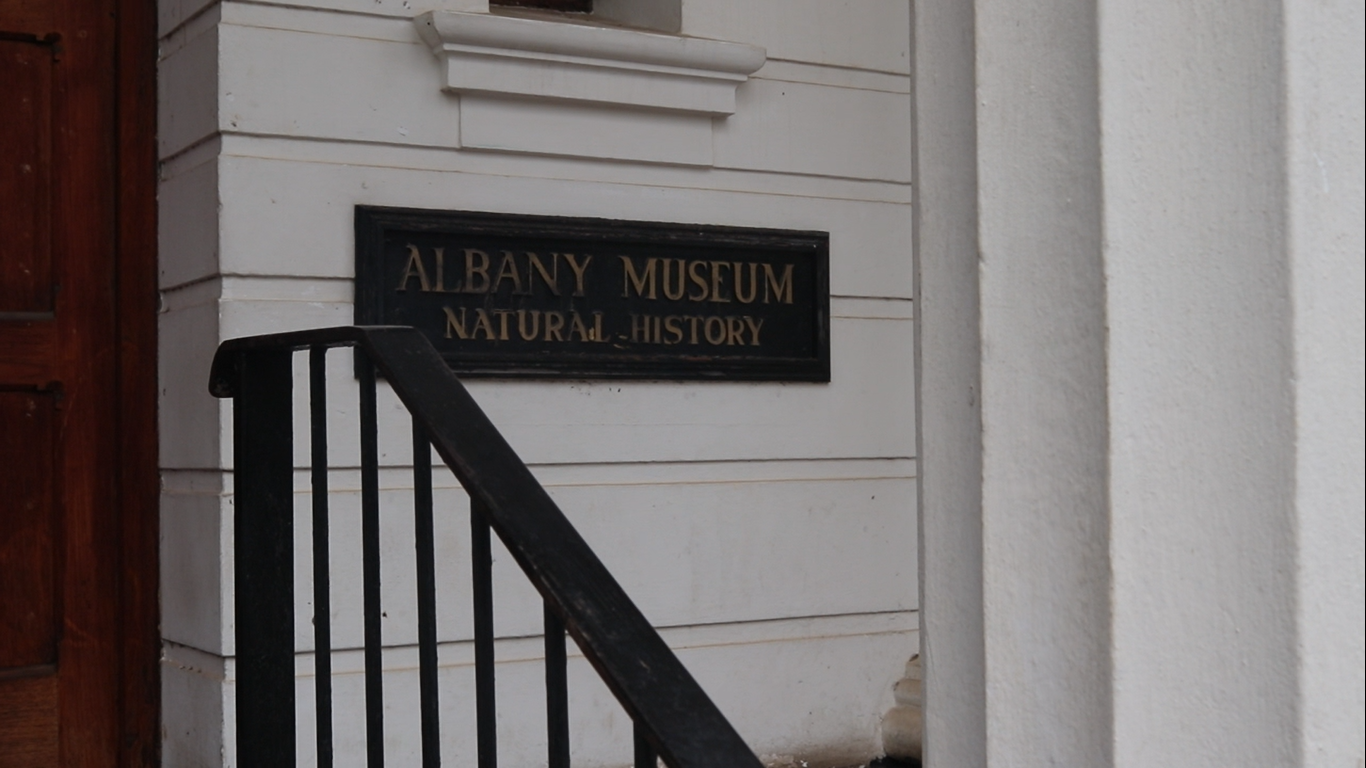
The Albany Museum, Makhanda, Eastern Cape, South Africa. Photographed by: Tamika Gounden
The Albany Museum, Makhanda, Eastern Cape, South Africa. Photographed by: Tamika Gounden
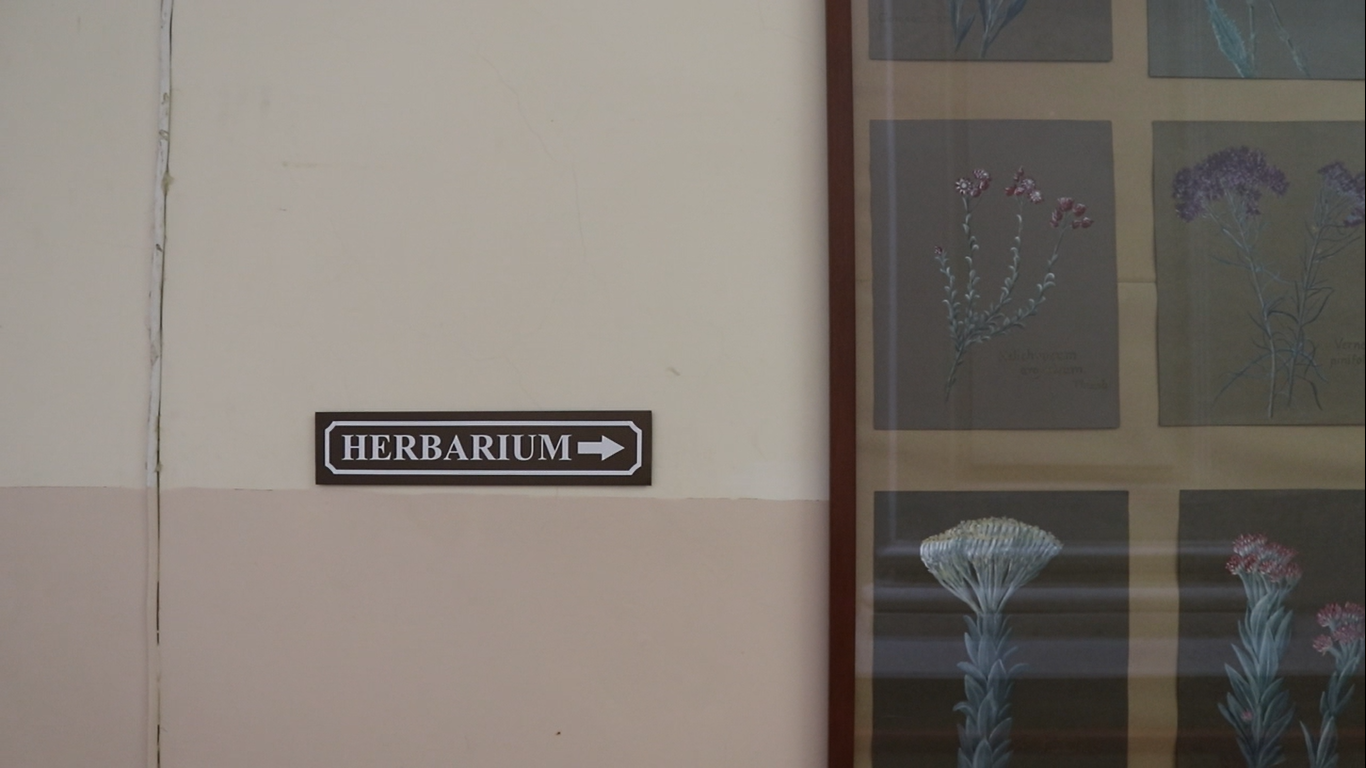
The Albany Museum, Makhanda, Eastern Cape, South Africa. Photographed by: Tamika Gounden
The Albany Museum, Makhanda, Eastern Cape, South Africa. Photographed by: Tamika Gounden
" Science has lost that part with botany, the real human connection with plants" - Tony Dold
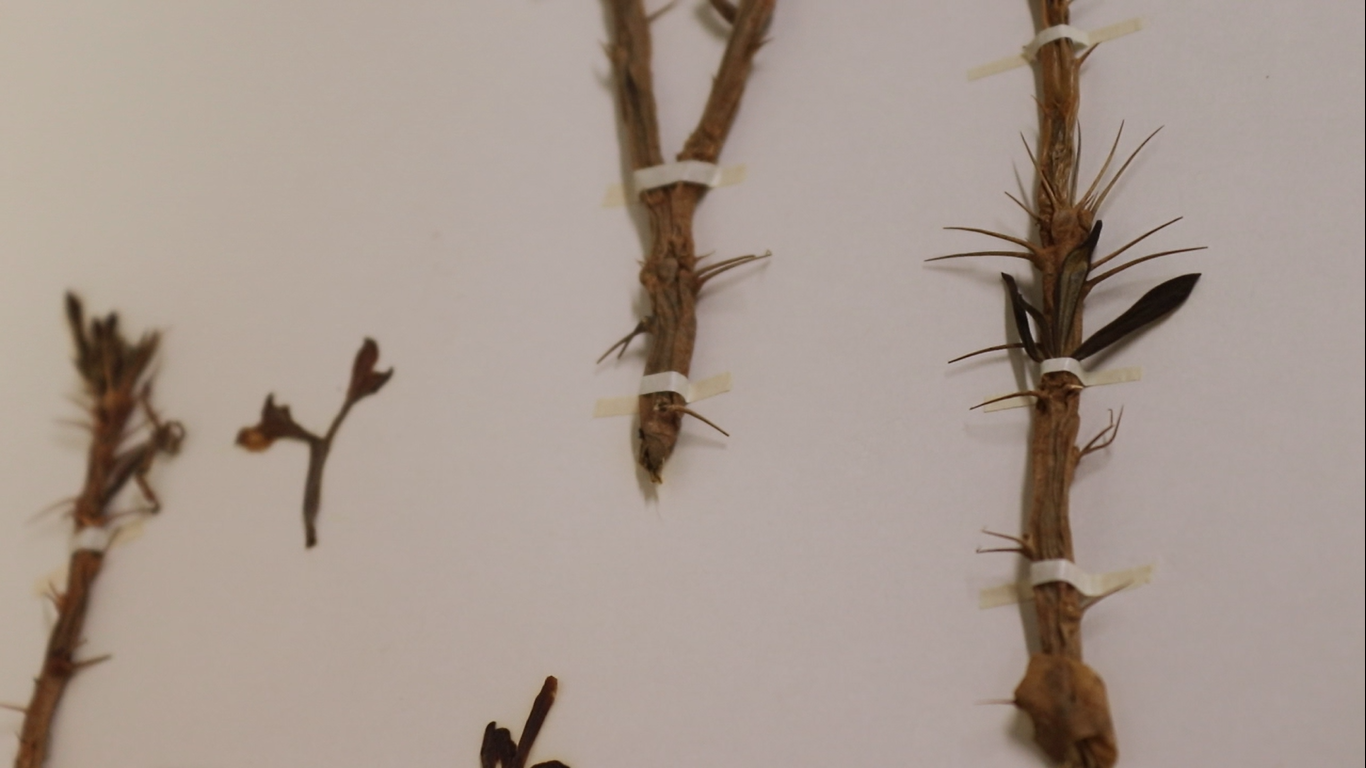
Brufane is an example of one of the trees that are commonly grown in the Eastern Cape region of South Africa. It is historically known to be collected as a preservative medium by the Khoi San people. This 2000-year-old piece of plant has been highly valued as a medicine, it being used medicinally to heal cuts and scrapes. Brufane stretches its healing properties beyond surface and physical injuries, as it is used as a mind healing agent as well in support of treating mental health. As humans we have always found out about the properties and values a plant holds. Scientists think through the stream of purely research-based approaches of determining plant facts. However, Tony as an herbarium botanist himself recognizes that “all knowledge of useful plants originates from traditional knowledge”. It is known that modern medicine is based on ancient traditional knowledge.
Brufane alongside every other plant specimen in the herbarium, can be found on the label of the dried paper sheet. It is not just cupboards filled with alphabetically layered plants. The color spectrum of the plant can be found on the label with who collected it, when they collected it and most importantly where they collected it. All this information is written on the label in addition to the page sixed exhibit of the plant. All this information stored in a collection of pages, labels, and cupboards full is invaluable.
You cannot write a book with all that information and display, in fact as Tony says “The Herbarium is the book, this place is a walk through book”. At the end of the day it is just a storage container for plants, but the dried specimen need to valued and respected for their contribution to healing, knowledge and modern day life.
